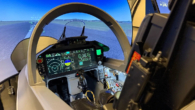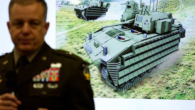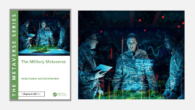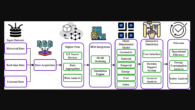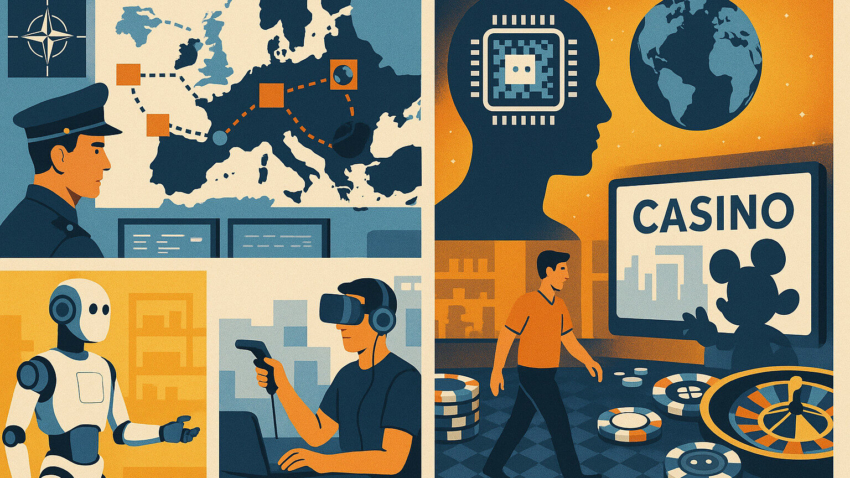
Simulation Weekly News
NATO streamlined military training by integrating the Joint Theatre-Level Simulation Global Operations (JTLS-GO), achieving up to 45% drops in planning time and reducing infrastructure overheads. Yet, the fundamental question of simulation’s limits was raised by physicists, who used mathematical theorems to argue that the universe defies being a computer simulation, as physical reality holds truths that are uncomputable by algorithms.
In bridging the gap between automated systems and physical tasks, human control remains critical. The new NEO domestic humanoid robot relies heavily on VR-controlled human teleoperation. This dependency is mirrored in offshoring trends, where Filipino tech workers remotely manage Japanese convenience store robots when automation fails, a trend raising concerns about these precarious roles.
The move toward immersive virtual worlds accelerates across commerce and entertainment. Technology like volumetric video is now helping to bridge the real and virtual by capturing scenes in three dimensions for real-time streaming, letting viewers navigate content from any angle. Major brands are seizing this opportunity; Disney is building its $1.5 billion metaverse hub, Disneyland Game Rush, inside Fortnite, creating a persistent, family-friendly space. This immersive shift is also transforming online gambling, where avatars step onto casino floors, making strong trust mechanisms, such as certified RNGs (Random Number Generators) and blockchain transparency, crucial for success.
⊲ Image – DALL-E ⊳

